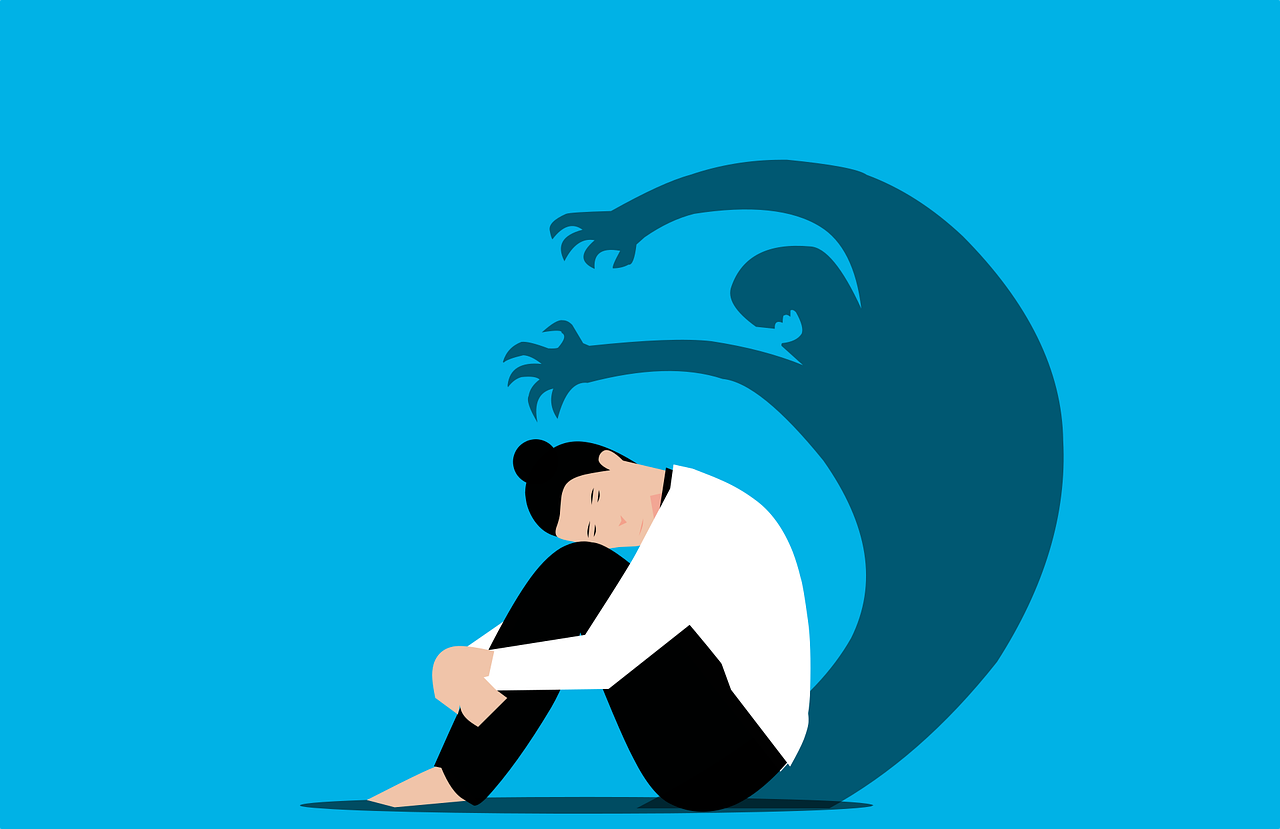Workplace anxiety can be triggered by various factors, including high workload, tight deadlines, conflicts with colleagues, and a lack of work-life balance. It is essential to recognize the signs and symptoms of workplace anxiety to address them effectively. Common signs of workplace anxiety include excessive worry, intense fear and apprehension, difficulty concentrating, irritability, and physical symptoms such as headaches and upset stomach.
Causes of Workplace Anxiety
Understanding the root causes of workplace anxiety is crucial for managing it effectively. According to a study cited by the Anxiety and Depression Association of America (ADAA), the biggest causes of workplace anxiety and stress are deadlines and dealing with difficult people. Conflict in the workplace can lead to a toxic environment, where stress levels rise, and productivity declines. Lack of effective communication also contributes to workplace anxiety, as it can lead to misunderstandings, tension, and a breakdown in relationships.
Strategies for Managing Workplace Anxiety
1. Build a Personal Wellness Plan
The first step in managing workplace anxiety is to prioritize your well-being by creating a personal wellness plan. This includes getting adequate sleep, eating a balanced diet, engaging in regular exercise, and participating in activities outside of work that bring you joy and relaxation. Taking care of your physical and mental health is essential for reducing anxiety at work.
2. Identify Triggers
Knowing what triggers your anxiety can help you develop strategies to manage it effectively. Keep a journal and document moments when you start to feel anxious. Over time, patterns will emerge, and you will be able to identify specific triggers. Once you are aware of these triggers, you can take appropriate steps to mitigate their impact or avoid them altogether.
3. Practice Grounding Techniques
When anxiety strikes at work, it's essential to have grounding techniques that can bring you back to the present moment. Short meditation sessions, taking a walk around the office, or having a quick call with a supportive friend or family member can help alleviate anxiety symptoms. These techniques can help you regain focus and reduce stress levels.
4. Create a Supportive Work Environment
Creating a supportive work environment is crucial for managing anxiety at work. Share your struggles with trusted colleagues or your supervisor, as they may be able to offer advice and support. Additionally, familiarize yourself with any workplace policies or resources available to employees for managing mental health, such as employee assistance programs (EAPs). Open and honest communication can foster a more understanding and compassionate work environment.
5. Break Goals into Manageable Tasks
Breaking your work goals into smaller, manageable tasks can help alleviate feelings of overwhelm and anxiety. Rather than focusing on the big picture, divide your goals into smaller milestones and set realistic deadlines for each task. This approach allows you to make progress without feeling overwhelmed by the magnitude of the entire project.
6. Set Boundaries and Prioritize Self-Care
Setting boundaries is crucial for managing workplace anxiety. Learn to say no to additional responsibilities when you feel overwhelmed, and prioritize self-care. Taking breaks throughout the day, practicing relaxation techniques, and engaging in activities that bring you joy outside of work can help reduce anxiety and promote overall well-being.
7. Improve Communication
Effective communication is essential for reducing workplace anxiety. Practice active listening, express your thoughts and concerns clearly, and ask for clarification when needed. Avoid making assumptions or jumping to conclusions, as these can lead to unnecessary stress and anxiety. By fostering open and honest communication, you can prevent misunderstandings and resolve conflicts more effectively.
8. Seek Professional Help if Needed
If workplace anxiety becomes overwhelming and starts to significantly impact your daily life, seeking professional help may be beneficial. A mental health professional can provide guidance, support, and evidence-based treatments to help you manage anxiety. They can also help you develop coping strategies specific to your workplace environment.
9. Practice Stress Management Techniques
Incorporate stress management techniques into your daily routine to help reduce workplace anxiety. This may include deep breathing exercises, mindfulness meditation, journaling, or engaging in hobbies that promote relaxation. Finding healthy outlets for stress can significantly improve your overall well-being and ability to cope with workplace challenges.
10. Take Breaks
Taking regular breaks throughout the workday is essential for managing anxiety. Use these breaks to engage in activities that promote relaxation and self-care, such as going for a walk, stretching, or practicing mindfulness exercises.



